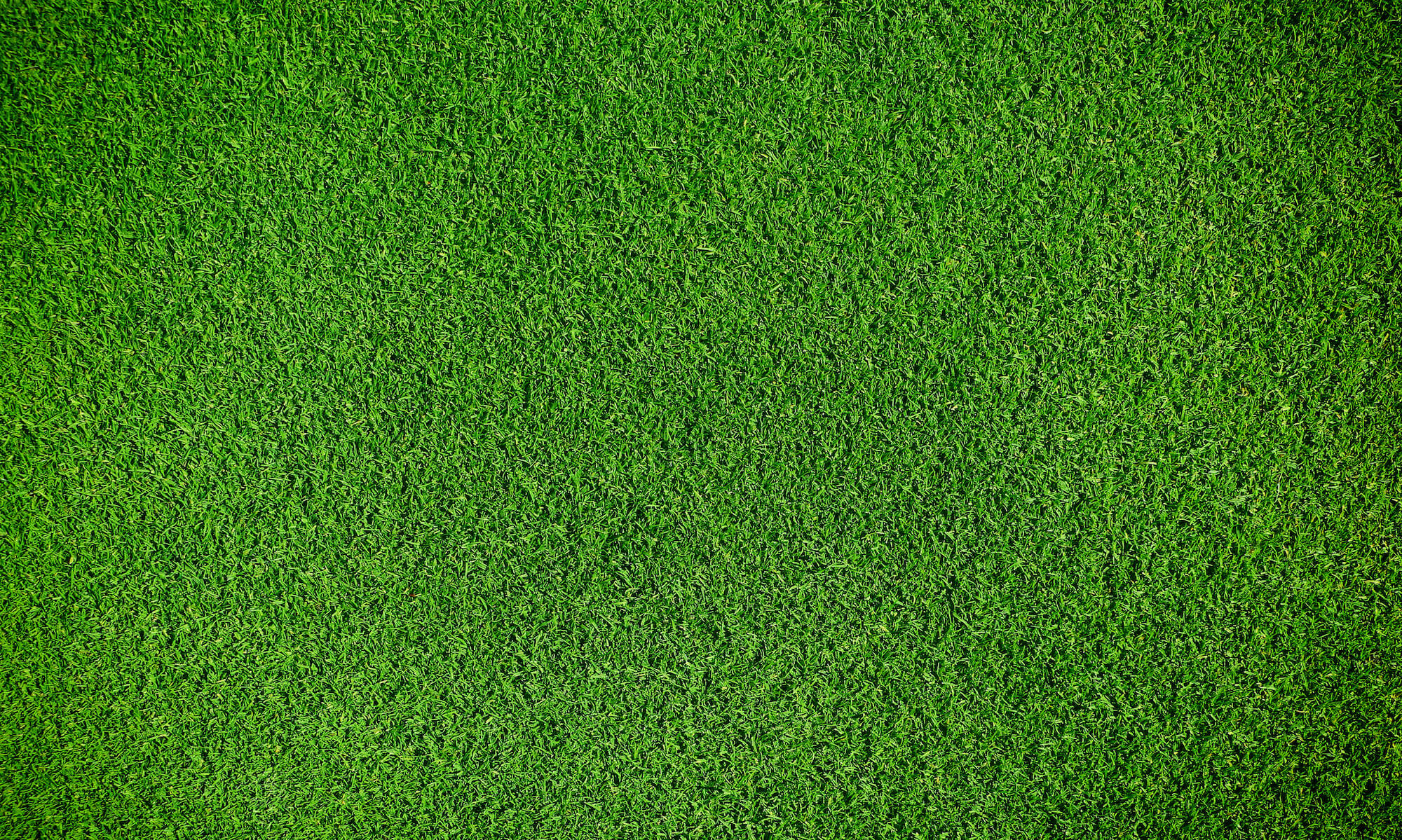Carpet Grass
There are a lot of factors to consider when making the right choice for your own lawn aside from just how it will look. Factors like climate, amount of shade, and frequency of foot traffic can play a huge role in making the right choice. If you’re considering Carpet Grass, here’s all you need to know.

Some Facts About Carpet Grass
Carpet Grass, as you may have guessed from the name, offers good carpet-like coverage. It is a creeping grass and covers soil types many grasses do not do well with. This type of grass is also known for its coarse leaved blades.
It is a perennial, meaning that once planted and established it lasts for a long time or continues to cycle without replanting seeds. Although care, maintenance, and plugging for some perennial grasses may still be required
It is basically known for being a good choice for areas with poor soil conditions that may be slightly shaded and remain damp, moist or wet for long spells of time. Carpet Grass fares better than many other grass types on wet soils, but is not as shade tolerant as choices like Centipede Grass or St. Augustine. It is native to the interior Gulf States and thrives in areas with similar tropical weather and climates.
Characteristics & Traits
For one thing, Carpet Grass and Centipede Grass look very similar to each other so if you know what one looks like you’ll have an easier time identifying the other. It is generally described as having leaves with blunt and rounded tips, flat stolons, and tall seed stalks that have two branches at the apex. The leaf sheaths are also recognizable because of the fine hairs along the outer edge.
Aside from physical appearance, some of the key details to know about this type of grass are:
- Carpet Grass does well in wet conditions.
- Sandy soil conditions are also ideal for this type of grass.
- It works well with low fertility soils.
This also means that ease of establishment as well as care requirements are key considerations for this type of grass.
The end result for an established lawn of Carpet Grass is dense turf. Because it is shallow rooted it is not drought tolerant and thrives in moist or wet conditions. Both centipede and carpet grass have close to the same tolerance for cold and shade, which is moderate. Carpet Grass is also good for other reasons:
This is a good choice for erosion control. The thick sod of this grass can help to crowd out weeds and Bermuda.
One of the key benefits is that Carpet Grass is a low maintenance grass for low fertility soils without the need to fertilize. It stands up in areas that may get a good amount of foot traffic.
Where Did It Come From & What Are The Varieties?
Carpet grass is mostly found in the interior Gulf States and places with this same type of tropical climate.
It is most commonly found in East Texas,Louisiana, Florida, Alabama, Virginia and Arkansas. It grows naturally in fields, pastures, along the side of the road and, obviously, in yards.
You may also hear carpet grass referred to as Louisiana grass or flat grass. There are three main varieties of carpet grass:
Axonopus Compressus
This is the most popular and common type of Carpet Grass and is native to sandy soils of places such as South America and Mexico. It is often used for stopping soil erosion. Because of its ability to do well in shade, it is also often found under fruit trees. Its ability to grow and spread quickly can be a benefit or take over nearby lawns causing it to be considered a weed.
Axonopus Fisifolius
This is the type of Carpet Grass most often found in the southern U.S., especially areas that get or stay wet. The blades of this variety interweave tightly causing a dense mat that makes it difficult for pests and weeds to cause harm.
Axonopus Affinis
For places that experience cooler weather, this is the most suitable type of Carpet Grass. It also prefers sandy soil conditions and does well in areas with low fertility so it’s commonly found in places like parks and along roadways.
Advantages & Disadvantages
No grass is ideal for every situation.
It may be great for your relatives who live in Florida but it doesn’t stand a chance at surviving the winters you get in Wisconsin. So before deciding if Carpet Grass is right for you, consider this rundown of some of the key advantages and disadvantages:
Advantages
- This is a low maintenance choice and once established does not need mowing or fertilizer to do well.
- Carpet Grass’s thick sod helps with weed and Bermuda Grass control by crowding them out.
- This is also a good choice for erosion control.
- For areas that get a good amount of foot traffic and have damp soil with some shade, Carpet Grass does better than a good number of other choices.
- It does well in poor soil conditions such as sandy, wet and low fertility soils.
Disadvantages
- One of the main disadvantages is the rapid seed head
- Even though it is a grass that does well in tropical climates, it does not tolerate salt.
- A disadvantage is that this type of grass requires frequent mowing in the summer months for anyone who desires a look without the seed stalks.
- Carpet Grass is not as drought tolerant as Bermuda Grass.
Establishment & Maintenance
For the establishment of carpet grass from seeds, you will need a smooth and loose seedbed.
For heavier soils, though, you may need to first establish a good seedbed through techniques such as rototilling. You can use either seed or springs to establish your Carpet Grass lawn.
Seeding is, however, more cost efficient and usually easier. You can distribute seeds and rake lawn lightly to cover the seeds or you can use a grass drill. The grass drill is actually the most effective method for establishing Carpet Grass.
The best time to seed is following the last predicted spring frost or in mid April to May. It is unwise to seed following mid September. For the two weeks following seeding the area should be kept moist but not wet.
It usually takes about eight to ten weeks for full spreading and establishment. Once established, water should only be needed in situations of severe drought conditions.
Watering, Moving & pest Management
As previously mentioned, watering or irrigation is not a requirement for carpet grass once it is established.
The only exception to this rule is in the event of severe drought conditions. Because Carpet Grass is usually found in areas that remain moist or even wet, this is often not a problem.
Mowing, however, is another story In the summer months carpet grass does require frequent mowing. The reason for this is to cut down the seed stalks.
In the height of growth season new seed stalks are produced every five days. Left without cutting, these stalks will also grow to as high as 12 inches and cause the lawn to be unsightly. If less mowing occurs, you may also need to use a rotary or flail mower in order to remove taller seed stalks. Depending on the use for the carpet grass, the ideal mowing height is ¾ of an inch to two inches.
Carpet Grass can be susceptible to certain diseases. The most common are soil-borne diseases such as Pythium, leaf spot diseases and brown patch. The good news is that it does not usually require any fungicide application treatments. Generally, once the environmental conditions alter, the grass recovers on its own and with little injury.
The exception to this is brown patch, which occurs in the fall. The result can be several months of potentially large brown patches and unsightly turf. Another concern for Carpet Grass is the white grub in northern states and mole cricket in the South. These pests can cause serious damage, however you can use insecticides to treat the problem.
Although Carpet Grass is often used to help crowd out other weeds, that does not mean it can’t also be affected by weeds. If weeds do become an issue, the type of herbicides used for broadleaf weed control works well. For crab grass control specifically, use pre-emergent herbicides.
There’s a lot to consider when choosing the right grass type for your needs. Do your research so you can make the most informed choice.







